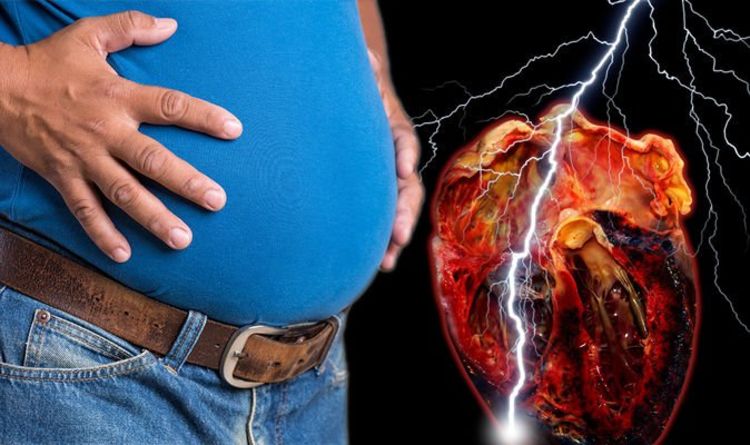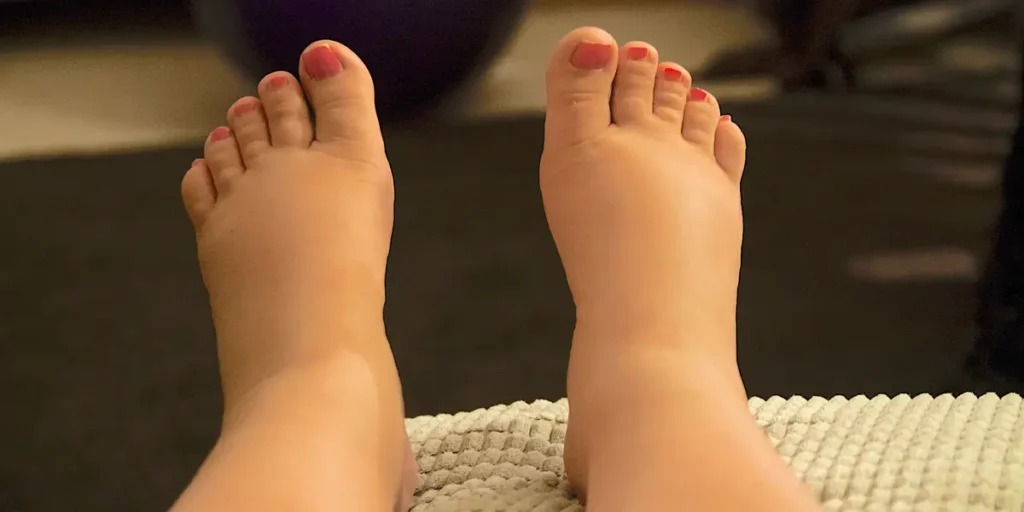
Introduction: Exploring the Common Issue
Explaining Swelling: What is it?
Signs and Symptoms of Swelling: Recognizing the Problem
Common Causes of Swelling: Unraveling the Triggers
Understanding Swelling of the Stomach
Dietary Factors: Influence of Food Choices
Digestive Disorders: Impact on Stomach Swelling
Fluid Retention: The Culprit Behind Stomach Bloating
Insights into Swelling of the Legs
Circulatory Issues: Role in Leg Swelling
Sedentary Lifestyle: A Contributor to Leg Edema
Underlying Health Conditions: Link to Leg Swelling
Managing Swelling: Effective Remedies
Dietary Adjustments: Foods to Include and Avoid
Physical Activity: Importance of Regular Exercise
Hydration: Ensuring Sufficient Water Intake
Medical Interventions: Seeking Professional Help
Preventive Measures: Tips for Avoiding Swelling
Maintaining a Balanced Diet: Key Nutrients for Prevention
Staying Active: Incorporating Exercise into Daily Routine
Hydration Habits: Optimal Water Consumption
Regular Health Check-ups: Monitoring Overall Health
Understanding Swelling: Before we dive into the icy solutions, let’s understand what causes swelling in the first place. Swelling in the stomach and legs can occur due to various reasons, including water retention, poor circulation, inflammation, or underlying health conditions. Regardless of the cause, one thing remains certain: finding relief is essential for both comfort and overall well-being.
The Power of Ice: Enter ice – nature’s own remedy for reducing inflammation and soothing discomfort. Ice works by constricting blood vessels, which helps decrease blood flow to the affected area, thereby reducing swelling and numbing pain. Its cooling effect provides instant relief, making it a go-to solution for many.
Cool Therapy Techniques: Now, let’s explore some cool therapy techniques specifically tailored to target swelling in the stomach and legs:
- Ice Pack Application: Simply wrap ice packs in a cloth and apply them to the swollen areas for 15-20 minutes at a time. Repeat as needed throughout the day to experience relief.
- Cold Water Soaks: Fill a tub with cold water and add ice cubes. Submerge your legs or belly in the icy water for a refreshing and therapeutic soak. Not only does this reduce swelling, but it also promotes relaxation.
- Cooling Gel or Cream: Look for over-the-counter cooling gels or creams containing menthol or peppermint. These ingredients provide a cooling sensation that helps alleviate swelling and discomfort when applied to the affected areas.
- Cold Compression Therapy: Invest in cold compression wraps or sleeves designed specifically for the stomach or legs. These innovative products combine the benefits of cold therapy with compression, offering targeted relief while improving circulation.
Incorporating Ice Therapy into Your Routine: To reap the full benefits of cool therapy, consider integrating these practices into your daily routine:
- Start your day with a refreshing cold water soak to invigorate your legs and reduce morning swelling.
- Keep ice packs in the freezer for quick access whenever swelling strikes.
- Incorporate cooling gels or creams into your skincare routine for a soothing treat after a long day.
Conclusion: Taking Control of Swelling Issues
Swelling of the stomach and legs can be both uncomfortable and concerning. By understanding the causes behind these issues and implementing effective remedies, individuals can alleviate symptoms and improve their overall quality of life. Whether it’s making dietary adjustments, staying physically active, or seeking medical advice when necessary, taking proactive steps is essential in managing and preventing swelling.

FAQs (Frequently Asked Questions)
- What are the common dietary triggers for stomach swelling?
- Certain foods high in sodium, carbonated drinks, and processed foods can contribute to stomach bloating.
- How does exercise help reduce leg swelling?
- Exercise improves circulation, helping to reduce fluid buildup in the legs and alleviate swelling.
- When should I seek medical attention for swelling issues?
- If swelling is sudden, severe, or accompanied by other concerning symptoms such as chest pain or difficulty breathing, it’s important to seek medical help promptly.
- Can dehydration cause swelling?
- Yes, dehydration can lead to fluid retention and exacerbate swelling in various parts of the body, including the stomach and legs.
- Are there any natural remedies for managing swelling?
- Yes, certain herbs like parsley and dandelion, as well as lifestyle practices like elevating the legs and using compression stockings, can help alleviate swelling naturally.
